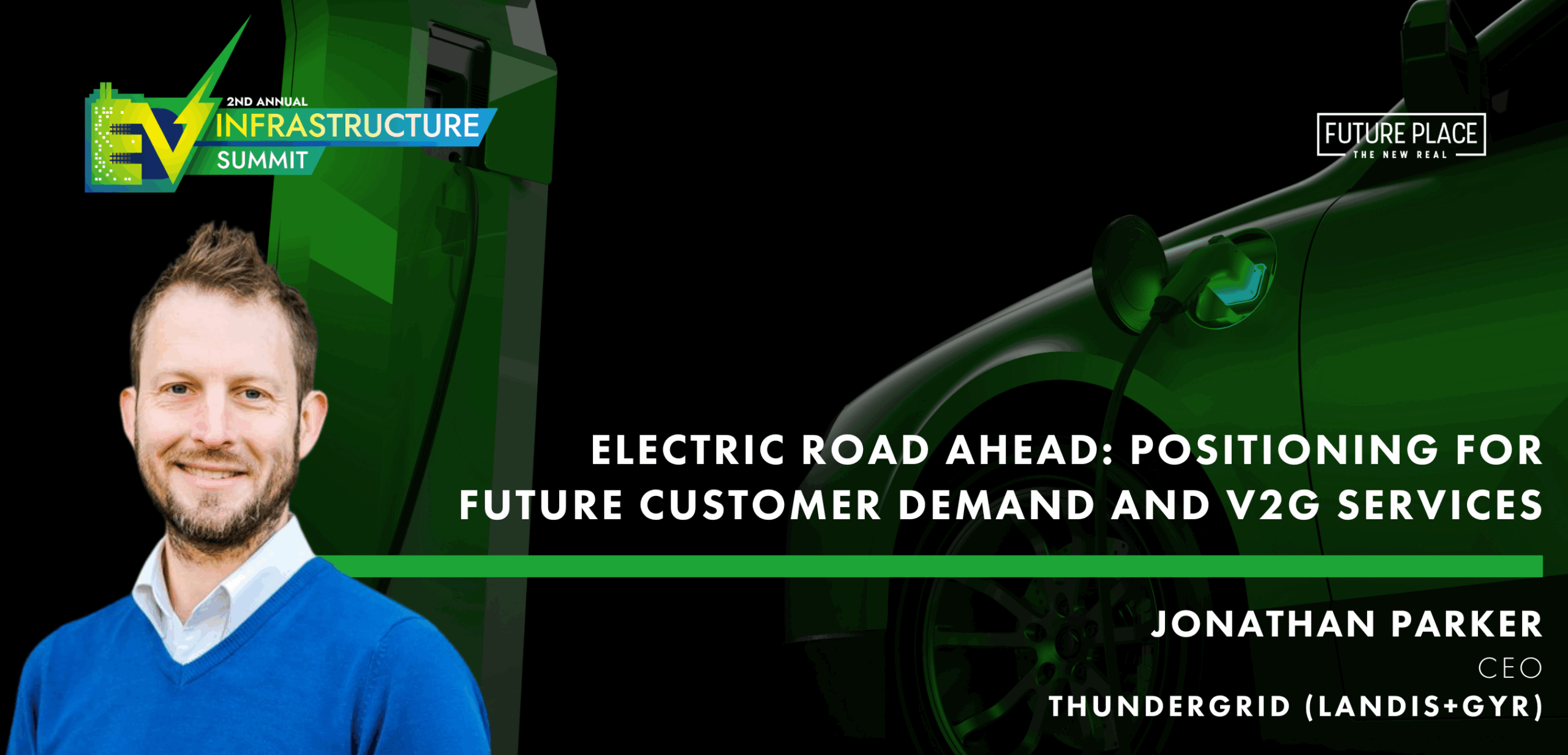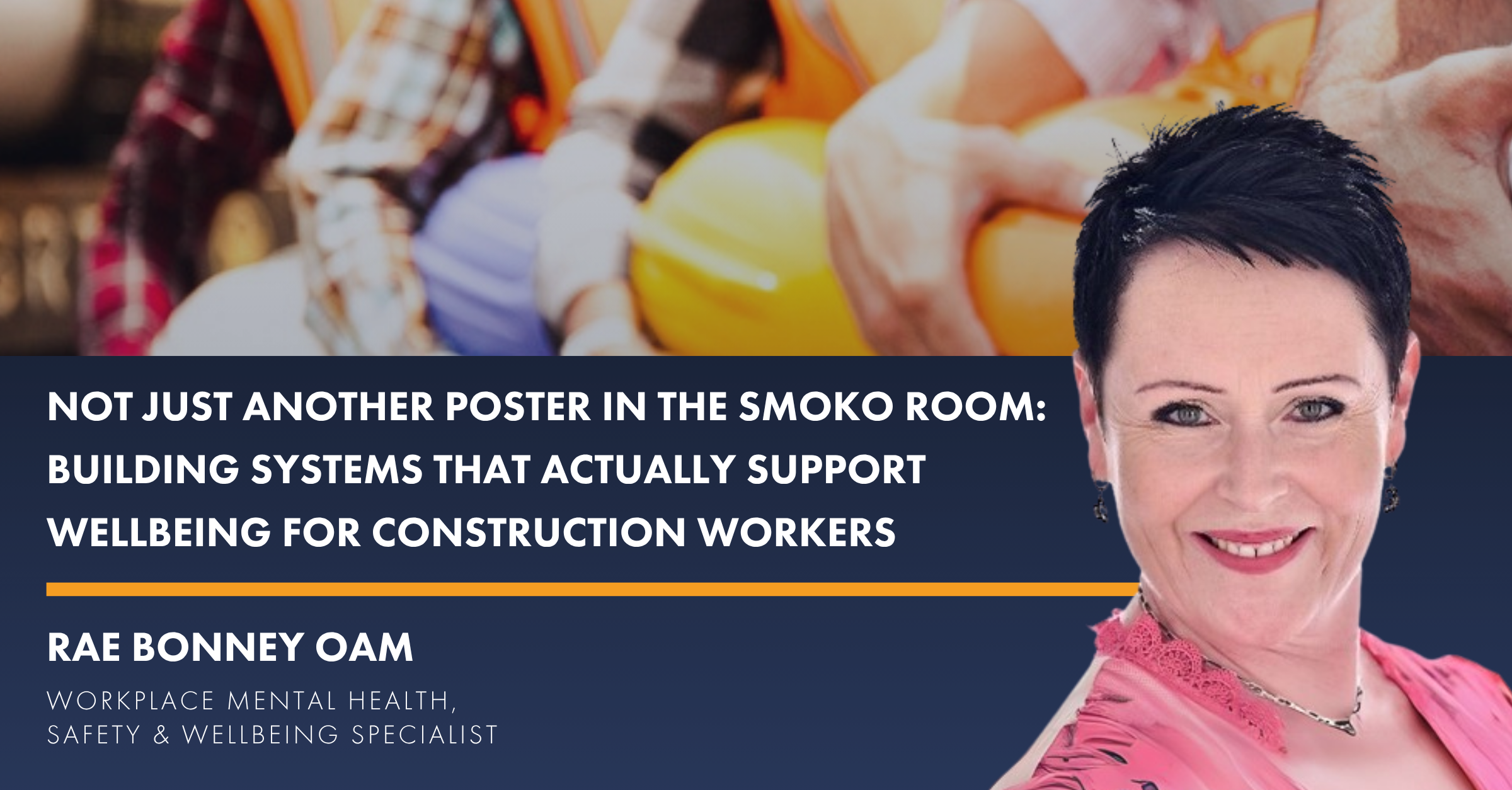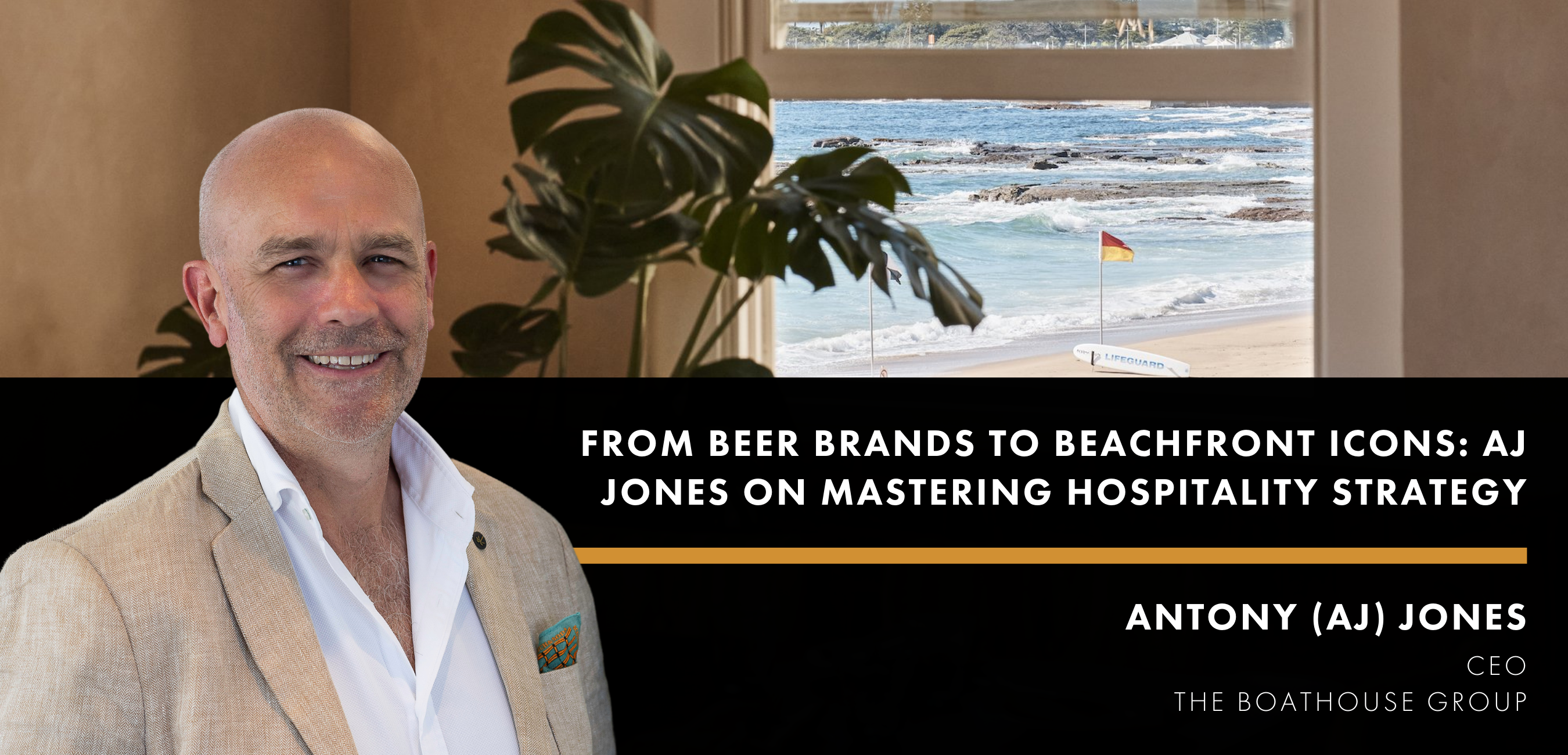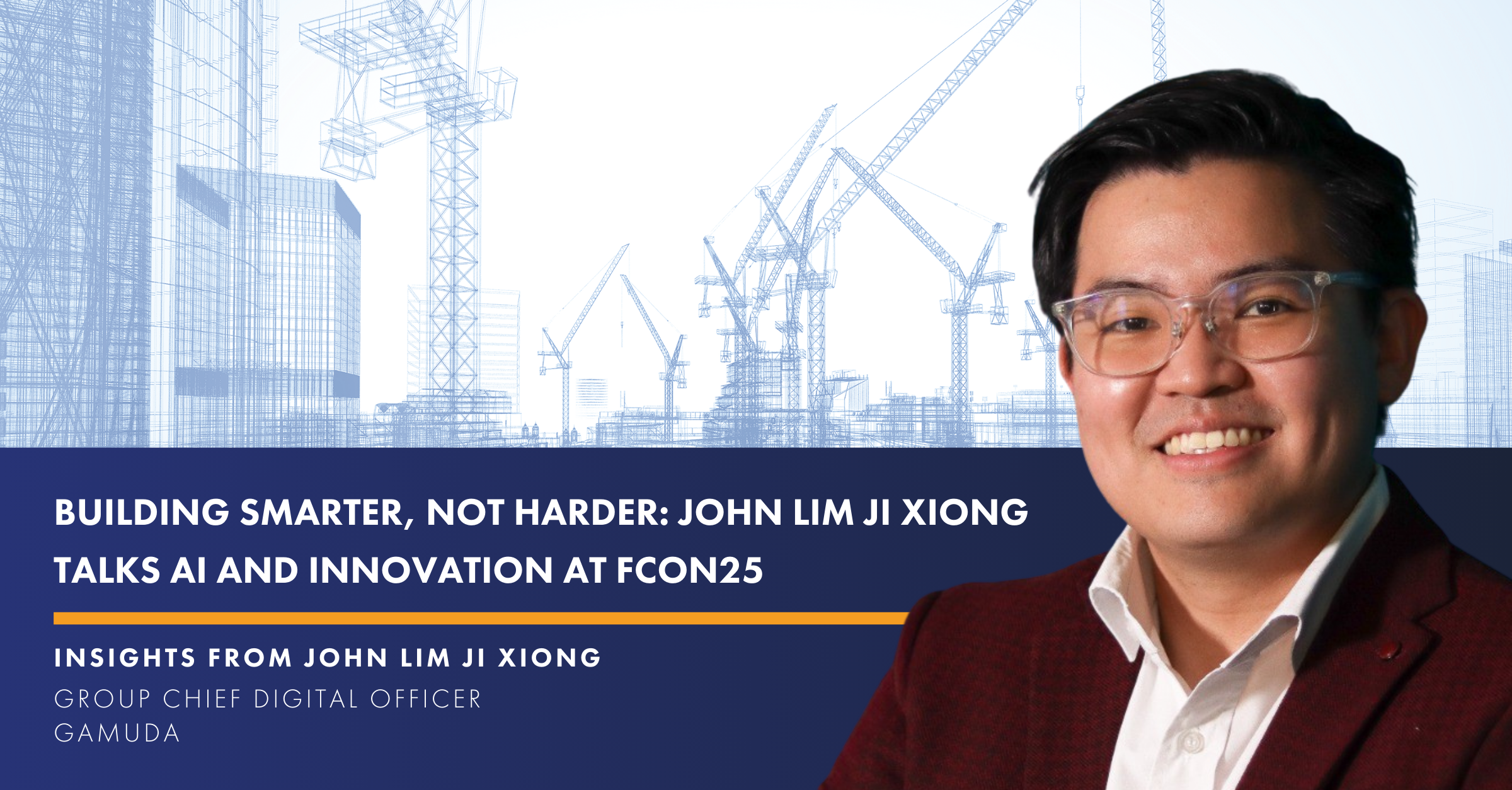Jonathan Parker is the CEO of Thundergrid, a Landis+Gyr company driving smart EV charging infrastructure across New Zealand (and recently Australia). With a background in energy innovation and grid integration, he leads initiatives to help businesses gain the most from electrification. Jonathan brings deep insight into scalable, sustainable EV charging networks tailored for modern power systems.
Thundergrid is now taking its knowledge and skills into Australia to help tackle electrification challenges locally. We asked Jonathan some questions regarding how he sees EVCI developing in NZ vs Australia.

Jonathan Parker
CEO, Thundergrid
Jonathan will be speaking at our upcoming EV Infrastructure Summit in Sydney on 17-18 June.





